HTML
--> --> -->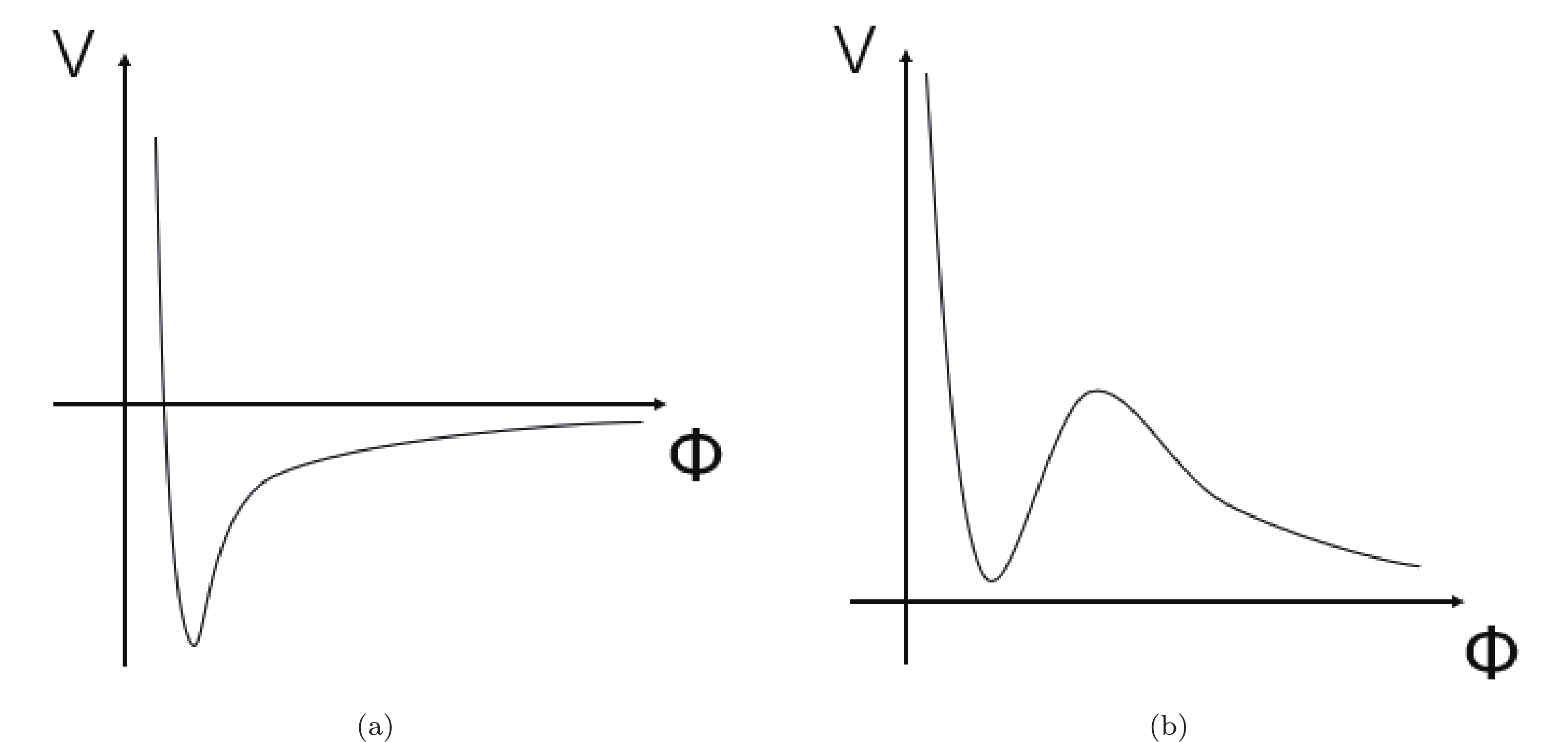 Figure1. Illustrations of (a) the AdS vacuum and (b) the metastable dS vacuum.
Figure1. Illustrations of (a) the AdS vacuum and (b) the metastable dS vacuum.Recently, an alternative construction to lift the AdS vacua to the de Sitter (dS) type has been proposed by utilizing the frozen large-scale Lorentz violation, which results in the contortion distribution at the cosmic scale [4, 5]. It has been pointed out that the possible Lorentz violation in quantum gravity during the era dominated by quantum gravity before inflation may be frozen by inflation. The scale of the Lorentz-violating area may stretch beyond the horizon [6, 7], and it may be transformed into a cosmic one even when the scale reenters the horizon during the late-time expansion. Dark energy may be an emergent effect of the large-scale Lorentz-violating effective gravity at the cosmic scale [7], in constrast with many proposed candidates for dark energy, ranging from the cosmological constant model to dynamic dark energy models such as the quintessence model [8].
In the quintessence model, it is supposed that the spacetime of the universe is dominated by an auxiliary scalar, namely quintessence, a field with the potential decreasing in magnitude as the value of the scalar field increases, as indicated in Fig. 2. Although the quintessence model successfully describes the late-time accelerating expansion of the universe, its origin is somewhat ambiguous. Is it fundamental or an effective description of some other quantities which are more original within the framework of fundamental physics? In this paper, the effective vacuum energy contributed by the bare cosmological constant and contortion defined in [4, 5] is effectively described using the quintessence field potential energy.
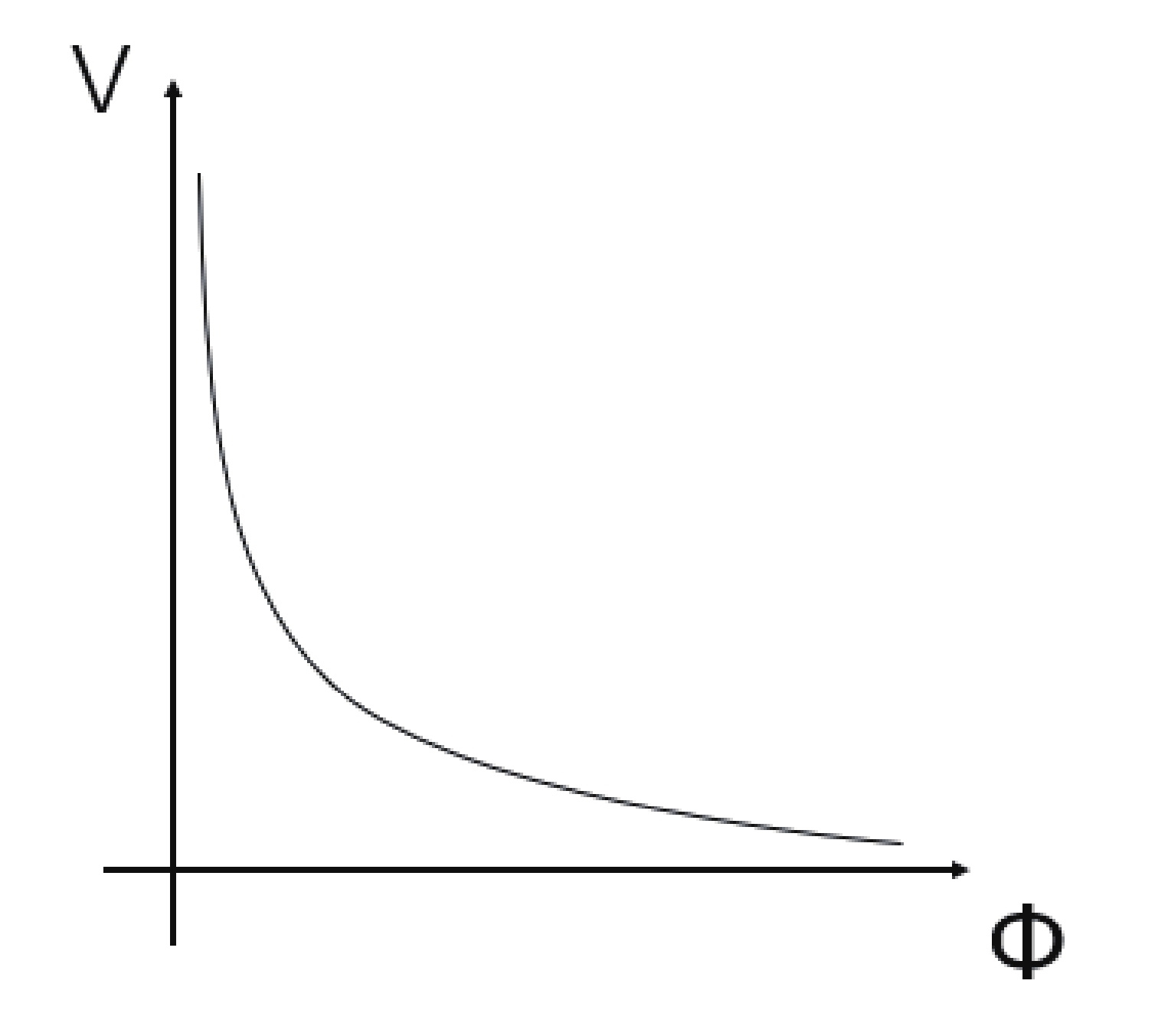 Figure2. The monotonically decreasing quintessence potential can meet the requirement of the swampland conjecture and the accelerating expansion of the universe.
Figure2. The monotonically decreasing quintessence potential can meet the requirement of the swampland conjecture and the accelerating expansion of the universe.The evolution of the effective vacuum energy density proposed by Zhai et al. [4, 5] shows a transition from monotonically decreasing behavior when the bare vacuum energy density comes from string landscape to the existence of a local minimum with one from swampland. The result seems to be consistent with the requirement by the second criterion in swampland conjecture. However, the equivalent behavior between the evolution of effective vacuum energy density and the potential of an auxiliary field such as the quintessence field is not obvious.
In contrast with the conventional quintessence model, we consider that the quintessence field may interact with gravity in a non-minimal way, e.g., the Brans-Dicke coupling, in general. We repeat the similar basic picture given in [4], that is, there is a transition for the quintessence potential from monotonically decreasing to the meta-stable or stable de Sitter one, which possesses a local minimum when the bare vacuum energy density varies from negative as in the landscape to positive as in swampland. Moreover, we find that the non-trivial Brans-Dicke coupling between the quintessence field and gravity is necessary in the swampland case.
$ \widetilde{R}_{\ c}^{a}-\frac{1}{2}\delta_{\ c}^{a}\widetilde{R} = 8\pi G\left( T+T_{\Lambda}\right)_{\ c}^{a} \;, $  | (1) |
$ \rho_{\Lambda} = -\dfrac{c^4}{8\pi G}(3{\cal{K}}^2+6{\cal{K}}\dfrac{\dot{a}}{a}-\Lambda_0), $  | (2) |
$ p_{\Lambda} = -\dfrac{c^4}{8\pi G}({\cal{K}}^2+4{\cal{K}}\dfrac{\dot{a}}{a}+2\dot{{\cal{K}}}-\Lambda_0), $  | (3) |
$ {\cal{K}}^2 + 2{\cal{K}}\dfrac{\dot{a}}{a} +\left( \dfrac{\dot{a}}{a}\right) ^2 = \dfrac{1}{3}\left( \rho+\Lambda_{0}\right), $  | (4) |
$ \ddot{a} = -\frac{a}{2}\left( p+\dfrac{\rho}{3}\right) +\dfrac{1}{3}a\Lambda_{0}-\dfrac{\rm d}{{\rm d}t}\left( a{\cal{K}}\right), $  | (5) |
$\begin{split} \dot{H}(t)&+\dot{{\cal{K}}}(t)+H(t)\left[ H(t)+{\cal{K}}(t)\right]\\&+\dfrac{3w+1}{2}\left[ H(t)+{\cal{K}}(t)\right] ^2-\dfrac{w+1}{2}\Lambda_{0} = 0, \end{split} $  | (6) |
As discussed in reference [7], the equations of motion for
The evolution of
$ \dot{{\cal{K}}} = \dfrac 13\Lambda_0-\dfrac 13\Lambda-H{\cal{K}}\;\;, $  | (7) |
$ \dot{{\cal{K}}}+(3w+2)H{\cal{K}}+\dfrac {3w+1}2{\cal{K}}^2 = \frac {w+1}2(\Lambda_0-\Lambda), $  | (8) |
$ (3w_0+1){\cal{K}}^2+(6w_0+4)H{\cal{K}}+2\dot{{\cal{K}}} = (w_0+1)\Lambda_0, $  | (9) |
The initial value of
$ {\cal{K}}(t_0) = H_0\left( \pm\sqrt{1-\dfrac{\Lambda-\Lambda_{0}}{3H_0}}-1\right), $  | (10) |
$ \Lambda_{0}\geqslant-(3H_0-\Lambda)\approx-\dfrac{2}{5}\Lambda \;. $  | (11) |
$ \Lambda_{\rm eff} = \Lambda_0-3\left({\cal{K}}^2+2{\cal{K}}\dfrac{\dot{a}}{a}\right)\;\;, $  | (12) |
 Figure3. (color online) The transition of
Figure3. (color online) The transition of  Figure4. (color online) The transition of
Figure4. (color online) The transition of $\begin{split} S =& \int {\rm d}^4x\sqrt{-g}\left[\frac 12M^2_{pl}R\left( 1+\xi\phi^2\right)\right. \\&\left.-\frac 12g^{\mu\nu}\partial_{\mu}\phi\partial_{\nu}\phi-V(\phi)\right]+S_m \;, \end{split}$  | (13) |
$ \left( 1+\xi\phi^2\right) \left( R_{\mu\nu}-\frac{1}{2}g_{\mu\nu}R\right) = 8\pi GT_{\mu\nu}, $  | (14) |
$ V_{,\phi}+3H\dot{\phi}+\ddot{\phi}-M_{pl}^2R\xi\phi = 0, $  | (15) |
$ \Lambda_{\rm eff} = \rho_{\phi} = \frac {\dot{\phi}^2+2V(\phi)}{2+2\xi\phi^2}, $  | (16) |
$ \dot{\Lambda}_{\rm eff}\left( 1+\xi\phi^2\right)+2\Lambda_{\rm eff}\xi\phi\dot{\phi}+3H\dot{\phi}^2-M_{pl}^2R\xi\phi\dot{\phi} = 0, $  | (17) |
$\begin{split} \dot{\phi} =& M_{pl}^2\xi\phi\left( \dfrac{\dot{H}}{H}+2H\right)-\dfrac{\Lambda_{\rm eff}\xi\phi}{3H}\\&\pm\sqrt{\left[ M_{pl}^2\xi\phi\left( \dfrac{\dot{H}}{H}+2H\right)-\dfrac{\Lambda_{\rm eff}\xi\phi}{3H}\right]^2-\dfrac{\dot{\Lambda}_{\rm eff}}{3H}\left( 1+\xi\phi^2\right) } \;, \end{split}$  | (18) |
$ \left[3M_{pl}^2\left(\dot{H}+2H^2\right)-\Lambda_{\rm eff}\right]^2\phi^2\xi^2-3H\dot{\Lambda}_{\rm eff}\phi^2\xi-3H\dot{\Lambda}_{\rm eff}\geqslant 0 \;. $  | (19) |
 Figure5. (color online) The cases of initial value
Figure5. (color online) The cases of initial value 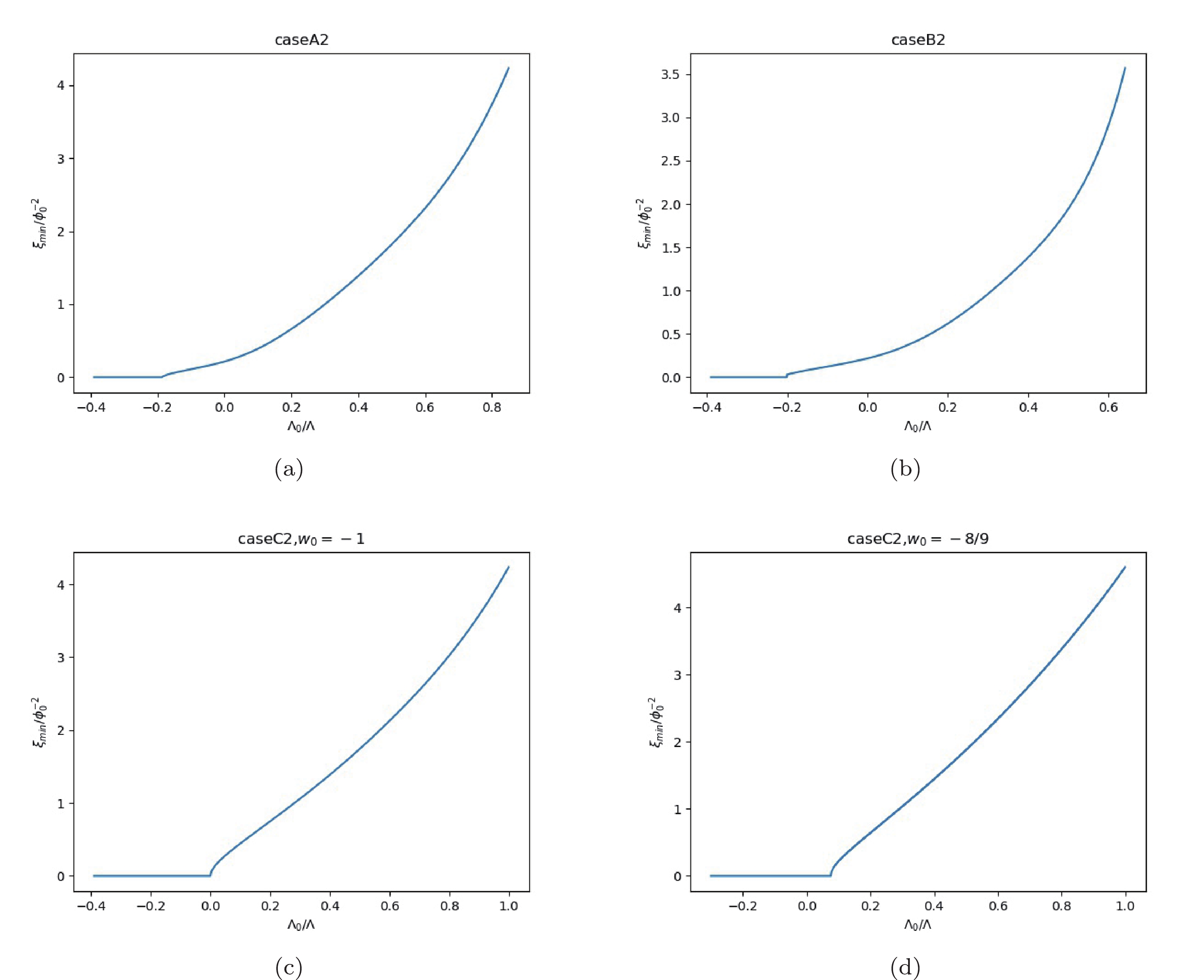 Figure6. (color online) The cases of initial value
Figure6. (color online) The cases of initial value The numerical calculation of Eq. (18) with plus sign gives the evolution of
 Figure7. (color online) The monotonic evolution of
Figure7. (color online) The monotonic evolution of 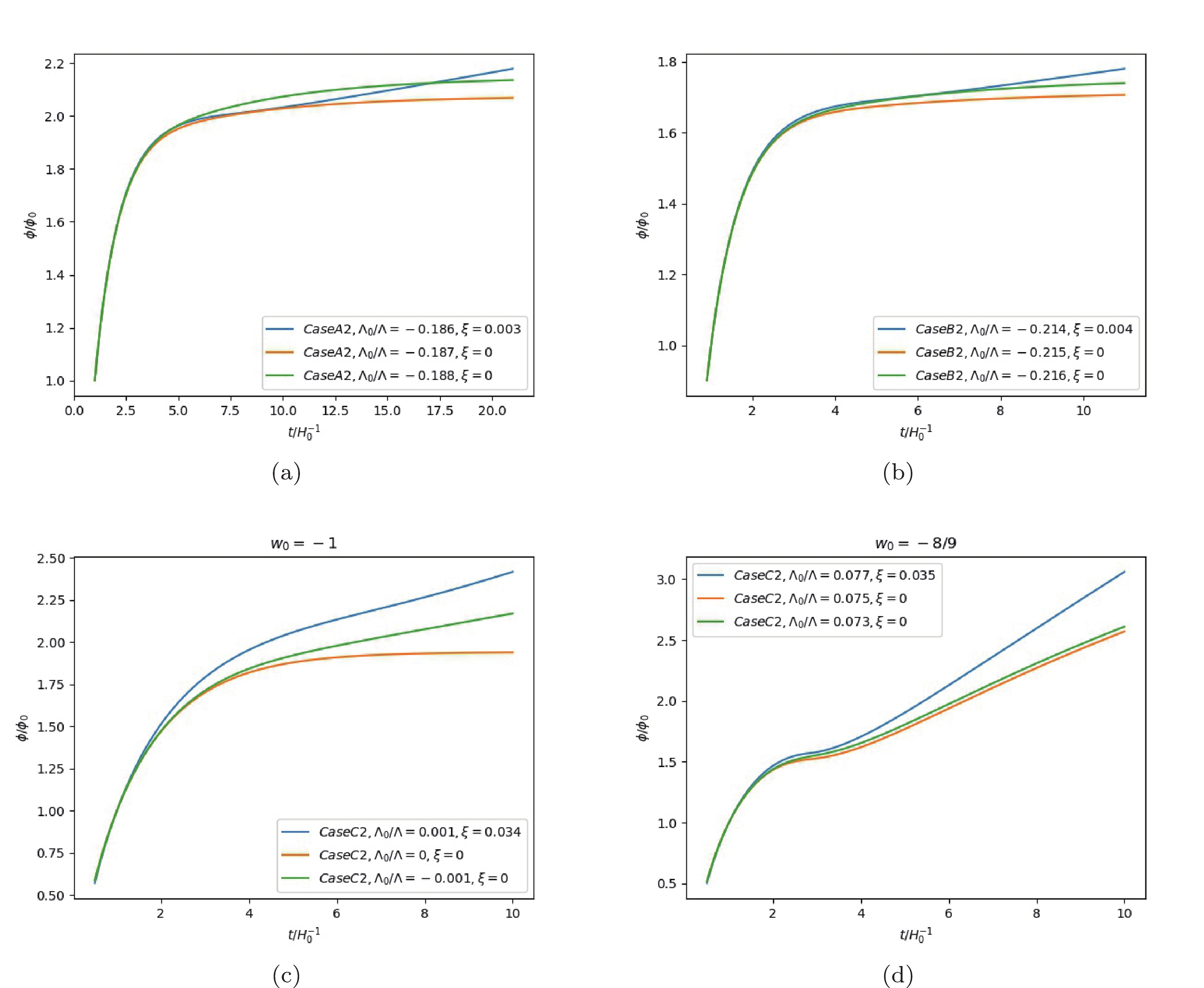 Figure8. (color online) The monotonic evolution of
Figure8. (color online) The monotonic evolution of  Figure9. (color online)
Figure9. (color online) 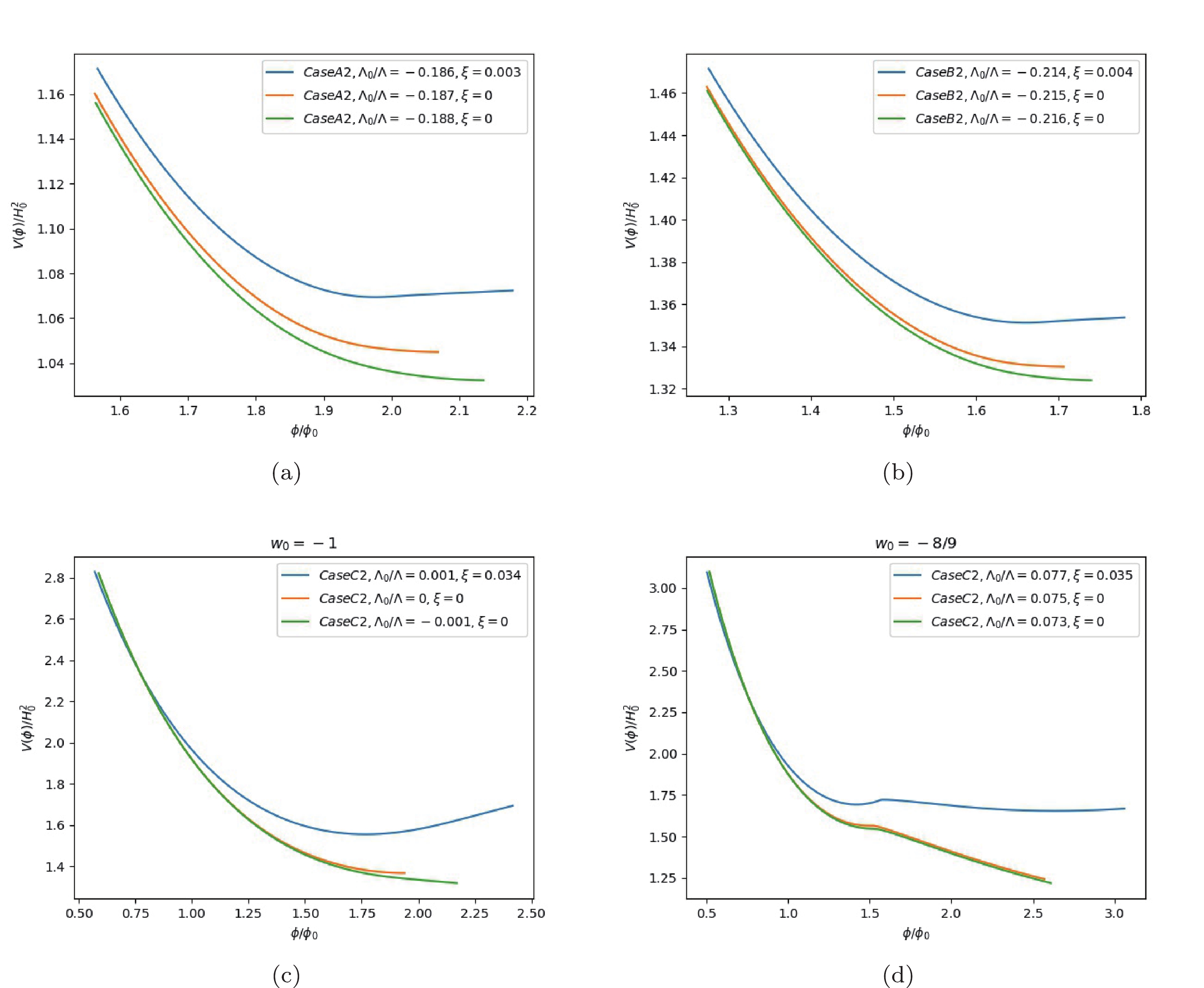 Figure10. (color online)
Figure10. (color online) It is a universal conclusion that the minimal Brans-Dicke coupling is non-trivial, i.e.,
$ \dot{\Lambda}_{\rm eff} = \dfrac{\dot{\phi}\left( \ddot{\phi}+V_{,\phi}-2\xi\phi\Lambda_{\rm eff}\right) }{1+\xi\phi^2} = \dfrac{\dot{\phi}\left[ \left( M^2_{pl}R-2\Lambda_{\rm eff}\right)\xi\phi-3H\dot{\phi} \right] }{1+\xi\phi^2}, $  | (20) |
$ \left( M^2_{pl}R-2\Lambda_{\rm eff}\right)\xi\phi-3H\dot{\phi} \geqslant 0 \;. $  | (21) |
$ M^2_{pl}R-2\Lambda_{\rm eff} > 0, $  | (22) |
$ \xi\geqslant \dfrac{3H\dot{\phi}}{\left(M^2_{pl}R-2\Lambda_{\rm eff}\right)\phi} \;. $  | (23) |
The discussion on the non-triviality of
    |     | ||||||||
| x=?0.1 | x=?0.05 | x=0 | x=0.1 | x=?0.2 | x=?0.186 | x=?0.1 | x=0.1 | ||
  | 0 | 0 | 0.135 | 0.249 | 0 | 0.003 | 0.111 | 0.391 | |
  | 0 | 0.029 | 0.142 | 0.255 | 0 | 0 | 0.114 | 0.401 | |
  | 0 | 0.041 | 0.152 | 0.261 | 0 | 0 | 0.115 | 0.412 | |
  | 0 | 0.05 | 0.155 | 0.268 | 0 | 0 | 0.114 | 0.422 | |
  | 0 | 0.057 | 0.161 | 0.274 | 0 | 0 | 0.109 | 0.432 | |
  | 0 | 0.063 | 0.167 | 0.28 | 0 | 0 | 0.099 | 0.442 | |
  | 0 | 0.069 | 0.173 | 0.284 | 0 | 0 | 0.076 | 0.452 | |
  | 0 | 0.074 | 0.178 | 0.291 | 0 | 0 | 0 | 0.461 | |
  | 0 | 0.078 | 0.183 | 0.297 | 0 | 0 | 0 | 0.471 | |
Table1.
    |     | ||||||||
| x=?0.1 | x=?0.066 | x=0 | x=0.1 | x=?0.25 | x=?0.2 | x=?0.1 | x=0.1 | ||
  | 0 | 0 | 0.136 | 0.229 | 0 | 0.032 | 0.12 | 0.371 | |
  | 0 | 0.034 | 0.144 | 0.234 | 0 | 0.017 | 0.127 | 0.379 | |
  | 0 | 0.05 | 0.151 | 0.24 | 0 | 0 | 0.13 | 0.388 | |
  | 0 | 0.063 | 0.158 | 0.245 | 0 | 0 | 0.13 | 0.396 | |
  | 0 | 0.073 | 0.165 | 0.25 | 0 | 0 | 0.129 | 0.404 | |
  | 0 | 0.082 | 0.171 | 0.255 | 0 | 0 | 0.126 | 0.411 | |
  | 0 | 0.09 | 0.178 | 0.261 | 0 | 0 | 0.12 | 0.418 | |
  | 0 | 0.098 | 0.184 | 0.266 | 0 | 0 | 0.111 | 0.423 | |
  | 0 | 0.105 | 0.19 | 0.271 | 0 | 0 | 0.097 | 0.428 | |
Table2.
  |     |     | |||||||
| x=?0.1 | x=?0.001 | x=0.1 | x=0.2 | x=?0.1 | x=0.001 | x=0.1 | x=0.2 | ||
  | 0 | 0 | 0.318 | 0.428 | 0 | 0.034 | 0.445 | 0.75 | |
  | 0 | 0 | 0.32 | 0.431 | 0 | 0.031 | 0.448 | 0.75 | |
  | 0 | 0 | 0.322 | 0.433 | 0 | 0.028 | 0.452 | 0.751 | |
  | 0 | 0 | 0.325 | 0.435 | 0 | 0.015 | 0.458 | 0.755 | |
  | 0 | 0 | 0.327 | 0.438 | 0 | 0 | 0.465 | 0.759 | |
  | 0 | 0 | 0.33 | 0.44 | 0 | 0 | 0.473 | 0.765 | |
  | 0 | 0 | 0.332 | 0.442 | 0 | 0 | 0.483 | 0.772 | |
  | 0 | 0 | 0.335 | 0.444 | 0 | 0 | 0.495 | 0.78 | |
  | 0 | 0 | 0.337 | 0.447 | 0 | 0 | 0.51 | 0.789 | |
Table3.
  |     |     | |||||||
| x=?0.1 | x=0.119 | x=0.15 | x=0.2 | x=?0.1 | x=0.075 | x=0.1 | x=0.2 | ||
  | 0 | 0 | 0.088 | 0.151 | 0 | 0 | 0.212 | 0.635 | |
  | 0 | 0.03 | 0.096 | 0.157 | 0 | 0.108 | 0.248 | 0.655 | |
  | 0 | 0.044 | 0.104 | 0.163 | 0 | 0.161 | 0.282 | 0.675 | |
  | 0 | 0.055 | 0.112 | 0.168 | 0 | 0.205 | 0.314 | 0.696 | |
  | 0 | 0.064 | 0.118 | 0.173 | 0 | 0.246 | 0.347 | 0.718 | |
  | 0 | 0.073 | 0.124 | 0.178 | 0 | 0.287 | 0.381 | 0.741 | |
  | 0 | 0.08 | 0.13 | 0.183 | 0 | 0.332 | 0.417 | 0.765 | |
  | 0 | 0.087 | 0.135 | 0.187 | 0 | 0.384 | 0.458 | 0.789 | |
  | 0 | 0.093 | 0.14 | 0.191 | 0 | 0.447 | 0.504 | 0.815 | |
Table4.
The non-minimal coupling between gravity and scalar field originates from the Machian idea of a variational gravitational constant, which was developed into Brans-Dicke theory as a competitor of general relativity [12, 13]. The motivation for including a non-minimal coupling of inflaton with gravity in inflationary cosmology is that Brans-Dicke-type coupling can support the assumption of identification of inflaton with the stand model Higgs particle [14-16]. Despite a phenomenological impact on the observational constraints in the cosmological application, the non-minimal coupling is a theoretical necessity owing to several theoretical reasons. The quantum correction to a scalar field theory coupling with gravity can automatically generate such a term, and it is a consistency requirement to include the term in the renormalization procedure. From an effective field theory point of view, such a term should be treated with equal footing with the Hilbert-Einstein term because it is marginal in a renormalization group treatment of the theory [17]. In the inflation model, the term can induce an asymptotic scale invariance for the large field value, which naturally provides inflation. Moreover, scalar fields such as the dilaton or the moduli field in the string-inspired effective theories would inevitably interact with gravity in a non-minimal way. Our results show that the non-minimal coupling in the effective description by the quintessence field theory is only necessary for the swampland phase during the late-time accelerated expansion while it supplies the natural description of the turning on and off for inflation. Though the appearance of non-minimal coupling is universal from the inflationary era to the late time evolution, it falls to different phases for inflaton field from the quintessence field. The non-minimal coupling may be absent in the phase originating from the landscape. The effective quintessence scalar field description of the large-scale distribution of contortion has two different phases, which our conclusion leads to: one with the vanishing minimal Brans-Dicke coupling constant corresponding to the landscape vacua and the other with the non-trivial Brans-Dicke coupling constant corresponding to the swampland vacua. As the Brans-Dicke coupling term is marginal in the renormalization group scheme, it may be worthwhile to investigate whether the effective scalar field theory description of late-time accelerated expansion can reveal different fixed-point solutions in the renormalization group approach or not.
